The Ontario Ministry of Transportation is issuing a Request for Qualifications (RFQ) for the long-awaited, and debated, Hamilton Light Rail Transit (LRT) project.
Transportation Minister Prabmeet Sarkaria, Metrolinx CEO Phil Verster and Hamilton Mayor Andrea Horwath made the announcement at Hamilton City Hall along with other officials, saying the RFQ will go out in early 2025 to engage construction companies in both Canada and offshore.
“We’re very focused. This is a key step towards getting shovels in the ground and over the next couple of months we’ll examine bids from those who are interested. It’s a project that we want to see the market not only across Ontario, but internationally look to bid on,” Sarkaria told reporters.
Metrolinx is now engaging construction companies to determine which ones have the relevant experience and resources to deliver a project of this size and complexity.
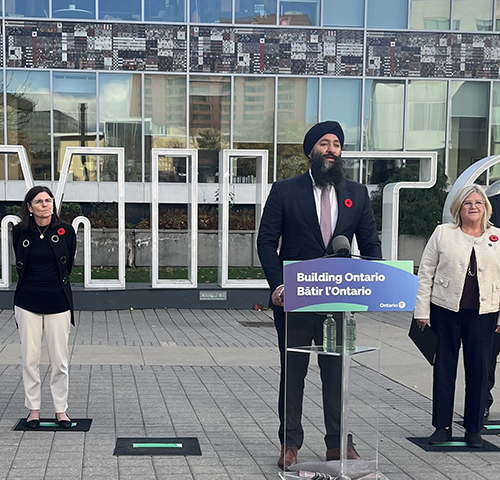
The project is being delivered in two phases. The contract for the first phase will include relocating and upgrades to utilities, improvement to some public spaces and new bridges to help the light rail vehicles move through the downtown core. The province will evaluate the submissions and announce a shortlist of prequalified bidders who will then be invited to submit proposals to complete the work.
Once all proposals have been thoroughly evaluated, a partner will be selected to proceed into the Alliance Development Phase (ADA) where detailed designs, schedule and costs will be prepared. The alliance model is a form of contract where project delivery risks are shared by the owner and non-owner and allow all parties to reach the best solutions for the project.
The project will also see the replacement of underground infrastructure such as water and wastewater with support from the province, Horwath stated after the announcement.
According to a Metrolinx, “This will pave the way for stops and rail to be installed later in the project. Once in service, the Hamilton LRT will provide 14 kilometres of fast, frequent light rail transit through Hamilton’s downtown core.”
The second ensuing phase of bidding is expected to be for transit-specific construction such as the rail line, signals and cars.
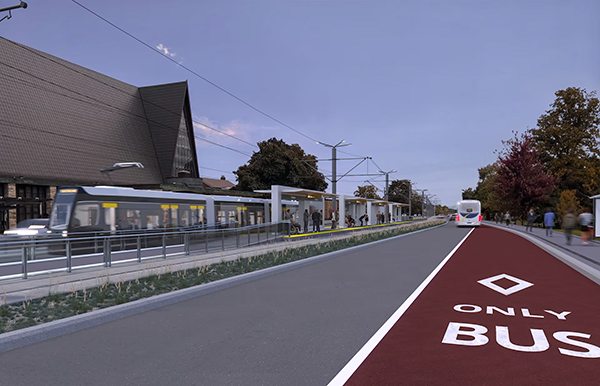
Upon eventual completion, the route will travel between McMaster University in the city’s west end to Eastgate Square in the east end. It is projected to transport approximately 50,000 riders daily across 17 stops with the objective of accommodating growing travel demand in Hamilton.
The Hamilton LRT was originally funded by the Province of Ontario but was cancelled in 2019 due to rising costs. When it was first pitched, the project had a $1 billion estimated cost. In May 2021, the province and federal government announced an investment of up to $3.4 billion in transit infrastructure to support the construction of the Hamilton LRT. The province and federal coffers will each contribute up to $1.7 billion in capital funding toward the project.
Reasons cited for the price escalation are the overall costs of rapid transit projects has drastically increased due to factors including inflation since the pandemic.
When asked for a timeline and next steps during a media questioning session, Verster said, “The RFQ process will close in the early part of next year, February-ish. In April next year we intend to go to market with the request for proposals. By the back-end of 2025 we intend to have the preferred proponent identified, early part of 2026, contract placed and then a development phase of 18 to 24 months.”
In addressing ownership, this past spring, after many years of debate, Hamilton City Council voted to recommend the LRT to be privately operated for its first decade before it’s handed over to the city, with transition work beginning no later than year five.
Metrolinx, who has the final decision, has not yet made a decision on operation upon completion of the project.
“There’s ample time to discuss it in years to come,” said Verster.
The Hamilton LRT is predicted to be the biggest and most expensive infrastructure project undertaken in the city’s history. The timeline of the entire project is expected to take several years.


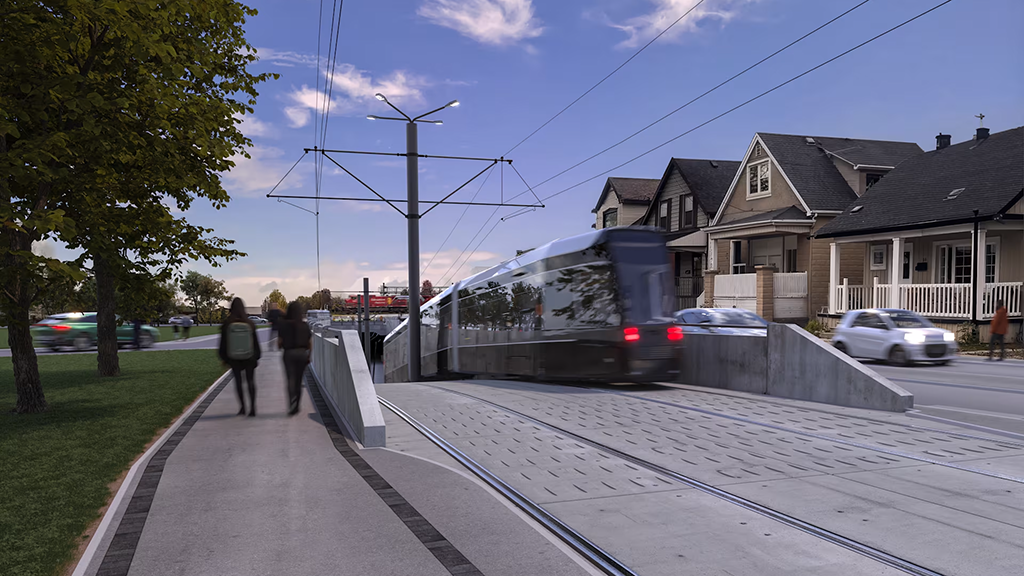
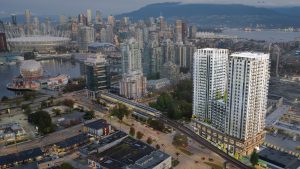


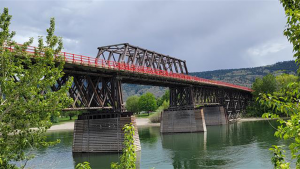
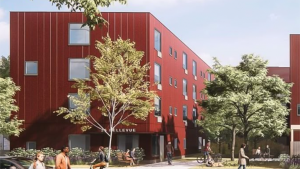



Recent Comments
comments for this post are closed